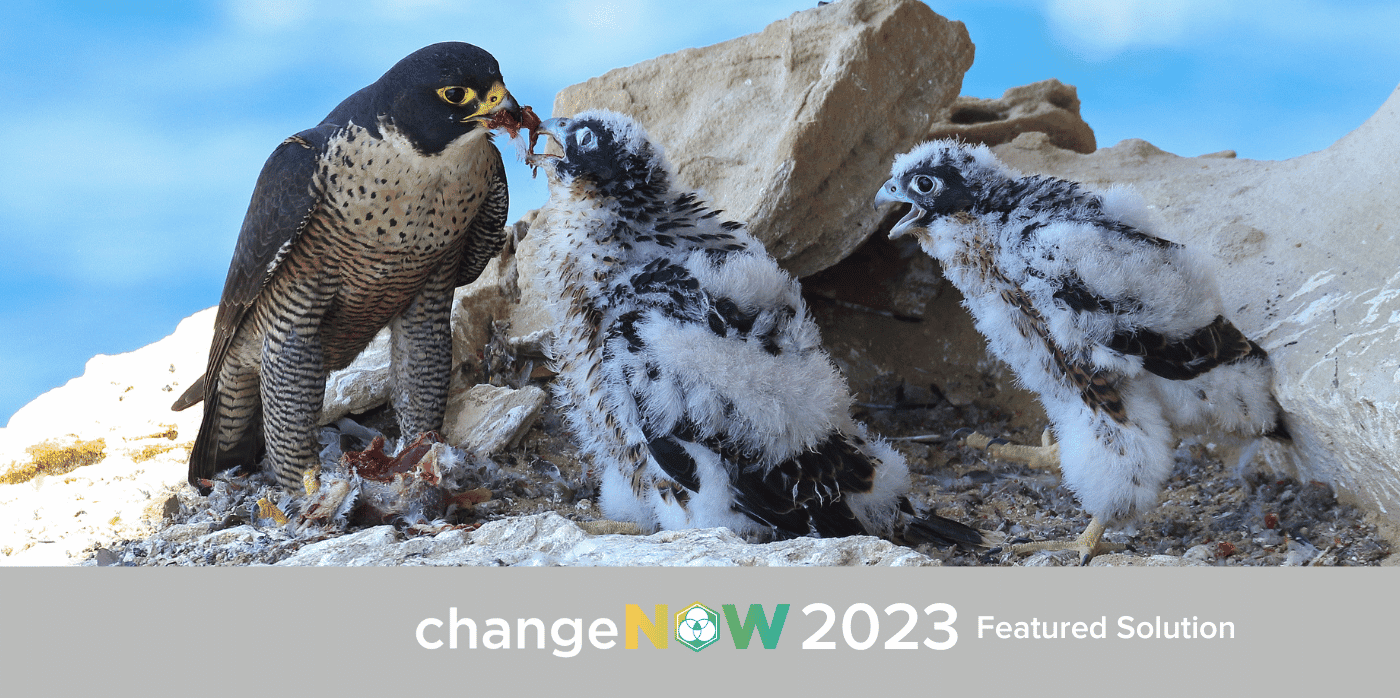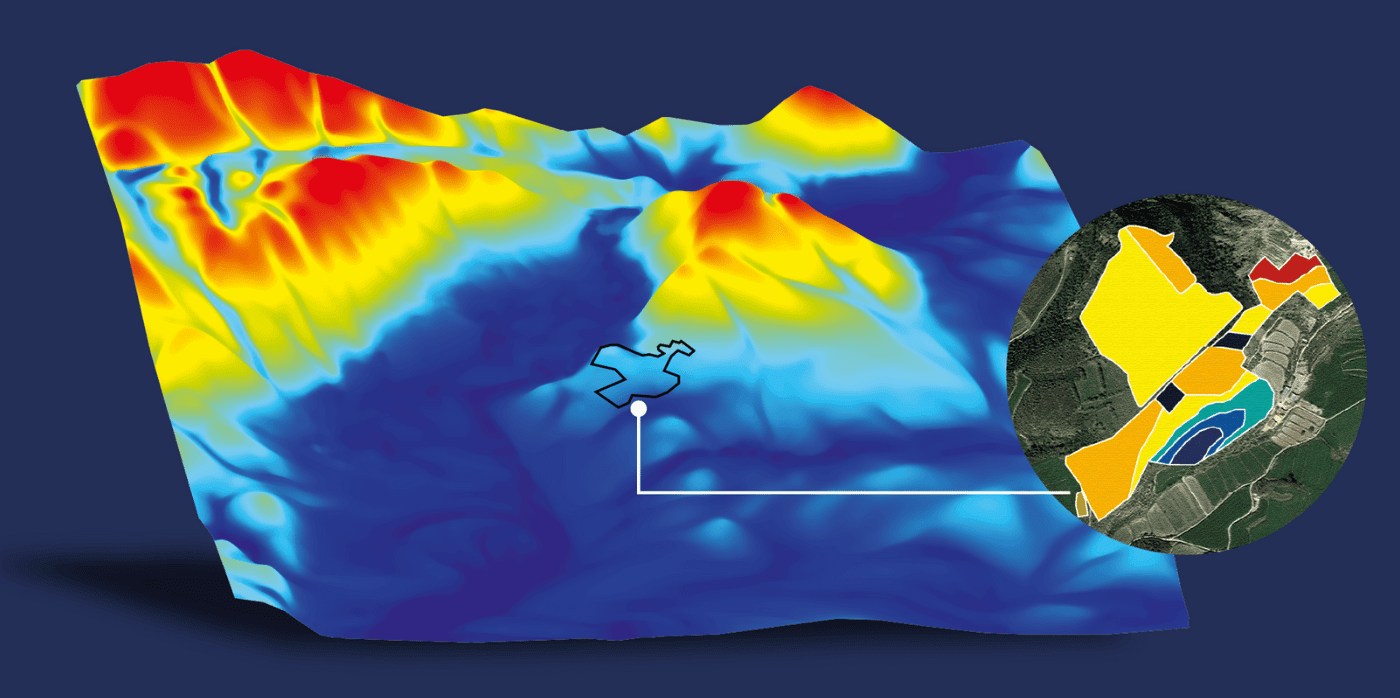Assessing the financial value of biodiversity

Spotted: How much value does an animal species, such as a shark or a peregrine falcon, offer? And how can this value be expressed financially? We are not used to thinking in these terms, but these questions are extremely important if nature is to be effectively considered in important decisions – from business investments to urban planning.
Estonian startup Endangered Wildlife OÜ is providing answers. The company has developed a new, multidisciplinary technique for providing credible and reliable financial values for biodiversity. This delivers a total conservation value for an individual species that is composed of a broad range of considerations, from carbon value and aesthetic value to species existence value, among others. And, crucially, this value is applied to species within a specific location.
How these valuations are used depends on the needs of the organisation. But, to name one example, a municipality calculating the ROI of an investment in green space could add the financial value of the species supported by such a green space to other considerations, such as carbon sequestration.
Another tangible example came in 2022, when Endangered Wildlife OÜ worked with non-profit organisation Shark Allies to calculate the financial value of wild, living sharks in the entertainment industry.
Organisations receive biodiversity valuations through Endangered Wildlife OÜ’s consulting services. And, on top of this, the startup has been developing a machine learning software solution – called the Biodiversity Valuator – that is also used as a tool to calculate the financial value of biodiversity.
Making sustainability measurable is a task innovators are solving in a variety of ways. Springwise has spotted a platform that helps investors monitor the sustainability of their investment portfolios and an SaaS system that helps organisations ensure traceability and compliance along the entire supply chain.
Written By: Matthew Hempstead



